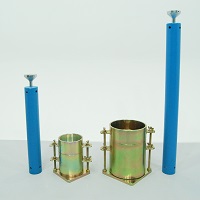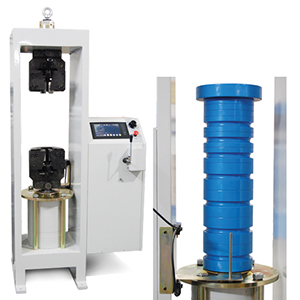A Georadar Equipment is a machine used to detect underground components and layer densities. It uses waves to obtain data on various structures beneath the ground and showcases those details on a monitor for people to see what is contained underground. Depending on the area under investigation, people can adjust how far in the ground they would like the geo-radar equipment to investigate. You can control the machine to give you finer and specific details of the place in which you are investigating so that you know exactly what to do on your earthwork projects.
Accessories Needed in Georadar Equipment Working
The Georadar Equipment can work on its own for minor investigations but for those who want to see deep, you will need an antenna. There is an antenna for cars and trailers so depending on the type of vehicle you have, use the appropriate type of antenna. You can decide to use the RADAN software version of your choice but the machine normally comes with its own software.
Used in Roads and Pavement Analysis
Georadar Equipment has many areas of application and chief among them is road and pavement analysis. It is able to detect road layer density and determine whether the road or pavement is able to withstand the pressure applied on it or not. Results are used to determine the kind of road improvements that should be done to make the roads and pavements top quality and robust. In other areas, Georadar Equipment is used in detection of minerals so that miners know the exact distance to drill before they reach for those minerals. It is simple and easy to determine the components of the ground so that people can know the precise intervention to take when doing earthwork projects.
Besides its accuracy and reliable in communicating findings, Georadar Equipment allows for non-destructive ground investigation. No laborious efforts are needed to know what is in the ground so it spares time and minimize resource wastage. There are many types and variations of Georadar Equipment so you can choose what is essential for your projects.


